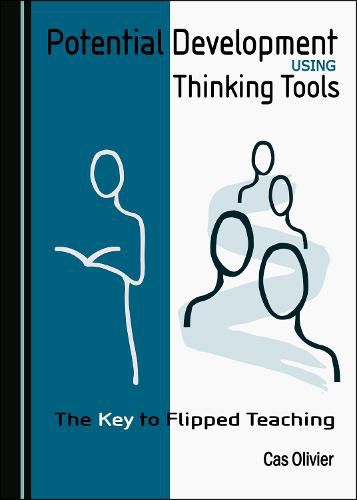Readings Newsletter
Become a Readings Member to make your shopping experience even easier.
Sign in or sign up for free!
You’re not far away from qualifying for FREE standard shipping within Australia
You’ve qualified for FREE standard shipping within Australia
The cart is loading…






Educators need to empower learners to be prepared for the Fourth Industrial Revolution, to be thinkers with the ability to pioneer the future. This book cracks teaching and learning myths that led to learners being perceived as knowledge duplicators instead of being knowledge creators. Thinking tools move the focus of learning from mastering content to critical thinking. This requires the critical thinking toolkit, which is the mothership of all thinking. It engages learners’ forever-wandering minds with the learning task at hand, which is the substitute for the traditional expectations of paying attention and memorising . When employing thinking tools, learners become thinking engineers-taking ownership of what they must discover, create or solve.Within this paradigm of teaching, teachers directly engage with learners’ brains, which goes beyond learner-centred teaching and defining learning as visual, auditory or kinaesthetic.
The book is based on examples of thinking tools sessions.
$9.00 standard shipping within Australia
FREE standard shipping within Australia for orders over $100.00
Express & International shipping calculated at checkout
Educators need to empower learners to be prepared for the Fourth Industrial Revolution, to be thinkers with the ability to pioneer the future. This book cracks teaching and learning myths that led to learners being perceived as knowledge duplicators instead of being knowledge creators. Thinking tools move the focus of learning from mastering content to critical thinking. This requires the critical thinking toolkit, which is the mothership of all thinking. It engages learners’ forever-wandering minds with the learning task at hand, which is the substitute for the traditional expectations of paying attention and memorising . When employing thinking tools, learners become thinking engineers-taking ownership of what they must discover, create or solve.Within this paradigm of teaching, teachers directly engage with learners’ brains, which goes beyond learner-centred teaching and defining learning as visual, auditory or kinaesthetic.
The book is based on examples of thinking tools sessions.